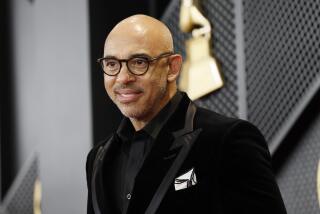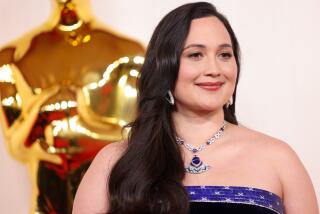Motion picture academy’s record-breaking 928 new members a sign of the changing times
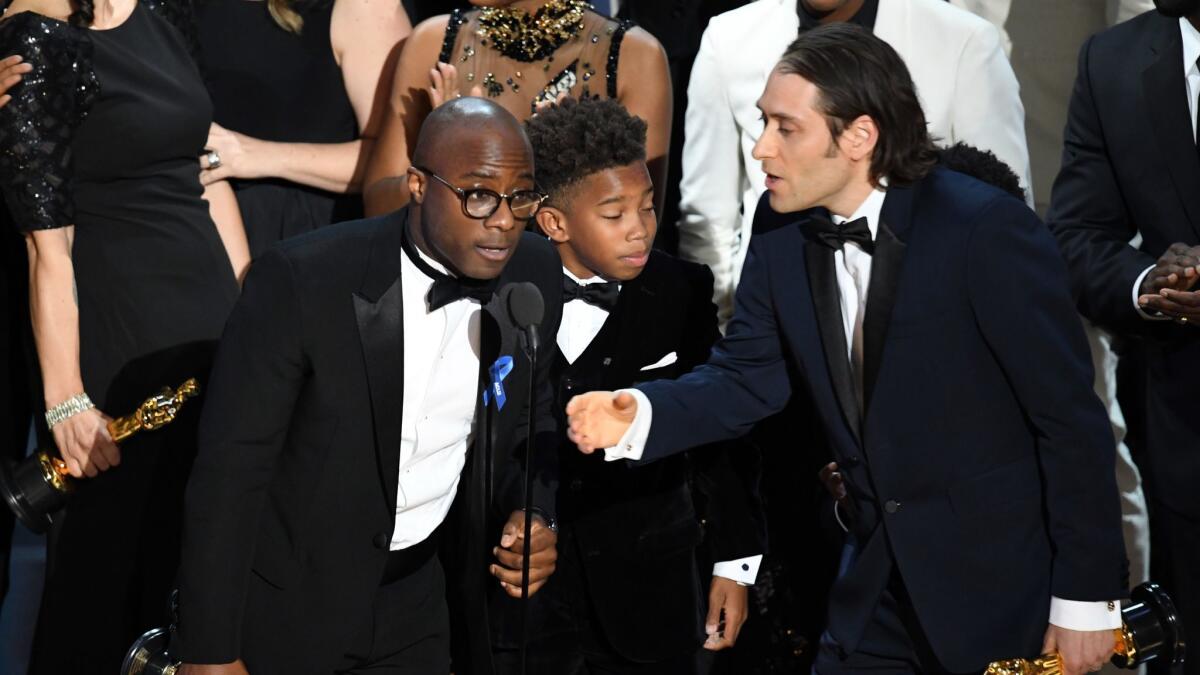
Some are well-known celebrities whose faces routinely grace magazine covers and screens big and small: Emilia Clarke, Mindy Kaling, Dave Chappelle, Miles Teller. The names of many others would be unrecognizable to even the most diehard cinephile.
But as of Monday, they all share one common descriptor: new member of the Academy of Motion Picture Arts and Sciences.
In the latest step in its ongoing campaign to diversify an overwhelmingly white and male membership, the organization responsible for the Oscars has invited a record-setting 928 film professionals from 59 countries to join its ranks.
This marks the academy’s largest and most diverse class ever — ranging in age from 14-year-old actress Quvenzhané Wallis (who, at 9, became the youngest ever lead actress nominee) to 86-year-old Russian composer Sofia Gubaidulina — topping last year’s 774 new members, which itself was a leap over the previous year’s 684 invitees.
The new additions — which, according to the group’s figures, are 49% female and 38% people of color — swells the membership of Hollywood’s leading institution to more than 9,200. In just three years, the academy has grown by more than 25%, dramatically reshaping the 90-year-old organization, though not without generating controversy among some within its ranks.
Film composer Laura Karpman, who represents the music branch of the academy’s 54-member board of governors and serves on multiple committees promoting inclusion efforts, says this latest class is reflective of a broader shift toward diversity in the entertainment industry at large.
“What we’re doing is an important part of the whole ecosystem, and it all feeds into each other,” Karpman said. “Studios are looking for diversity, just like we are. Different kinds of projects are being made. Different kinds of people are getting involved. I think we’ve hit a tipping point now, and we’ll see in the next five years whether this door, which has cracked open, swings open.”
In decades past, annual invitations were sent out with little or no fanfare, and quotas limited the number closer to 100 invitees.
But in 2016 — after weathering two years of often bitter blowback over the Oscars’ back-to-back all-white slates of acting nominees — the academy publicly pledged itself to a goal of doubling the number of women and minorities among its members by 2020. Since then, the unveiling of each successive new class has become a bona fide media event, complete with a splashy web site featuring graphs and charts detailing the group’s progress toward its diversity benchmarks.
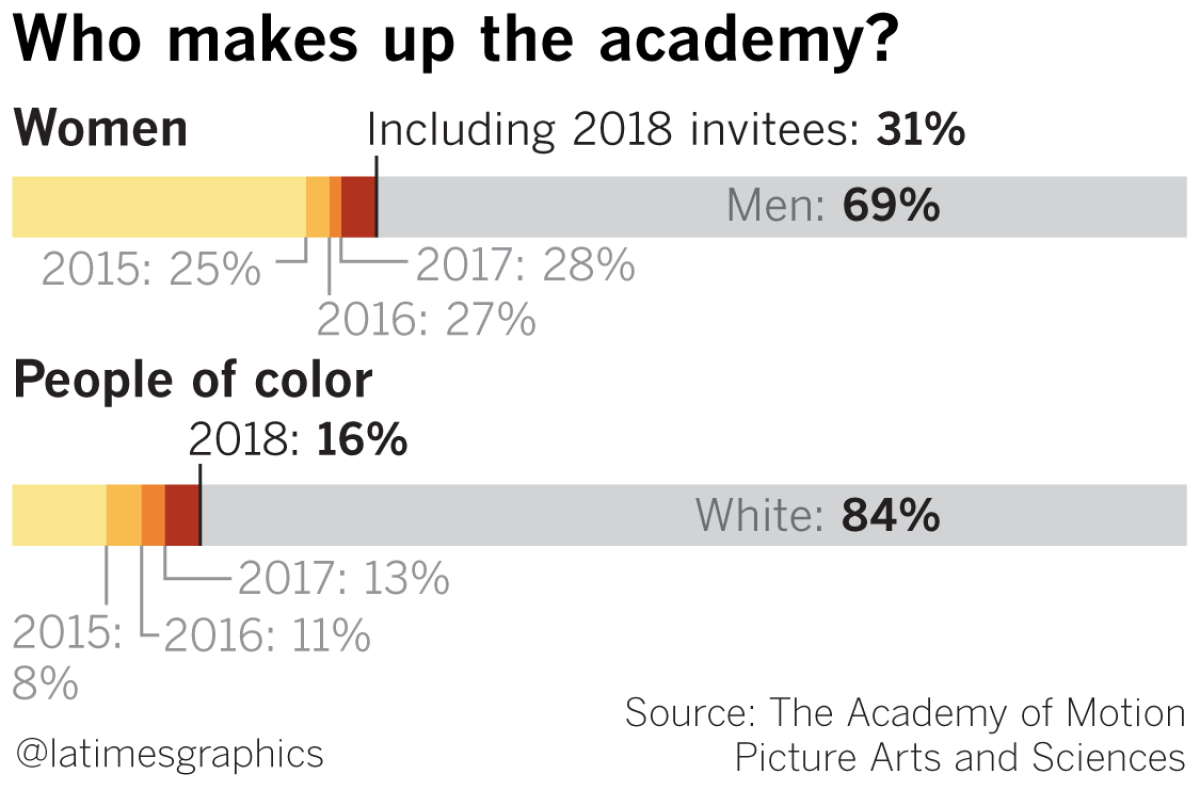
Evaluating that progress is, to some extent, a matter of one’s perspective. On the one hand, since 2015, the share of women in the film academy has grown from 25% to 31%, while the proportion of people of color has risen from 8% to 16%. On the other hand, that still leaves the academy 69% male and 84% white.
Shifting the academy’s gender ratio is a particular challenge given the underlying inequities in an industry in which, according to a 2016 report by the USC Annenberg School for Communication and Journalism, directors are 97% male while women hold 21% of top executive positions.
“You’re talking to a film composer — our numbers are 3% [women] out of the top 250 box office films, which is really the lowest of the crafts, along with visual effects” said Karpman, who became an academy member in 2015. “But we’re working hard to change all of that. Since I’ve been there, we’ve had a massive change in the board in terms of gender equity. I’m proud to say that I think we’re leading Hollywood in this, and I think we can continue to do so.”
To broaden the pool of potential candidates, the academy has increasingly looked abroad. Norwegian filmmaker Joachim Trier was one of 460 foreign industry professionals invited to join the academy this year. Having only learned of his invitation when The Times reached out to him for comment, he wasn’t entirely sure what it meant.
“Perhaps you can educate me: Does it mean I get to vote? I get to watch all the movies?” he asked. Still, he said, he was deeply honored by his inclusion. “This now makes it even more worth it to stay up until 5 or 6 in the morning when I’m in Oslo watching the Academy Awards late at night and ruining my next day’s work, which I have done for years.”
British filmmaker Clio Barnard was impressed with the company she’s in: “Never thought I’d see the day I’d be on the same list as Kendrick Lamar and Sufjan Stevens,” she said of two of the more eye-catching names added to the music branch.
Along with the large numbers of foreign members, the academy has also opened its doors in recent years to a number of people who are relatively new to the film scene or who may be better known for their work in TV than on the big screen.
This has led some older rank-and-file members to worry that the standards and procedures for being admitted the group — which, to be fair, have historically been rather vaguely defined and, at times, based on relationships as much as achievement — are being loosened in the name of diversity.
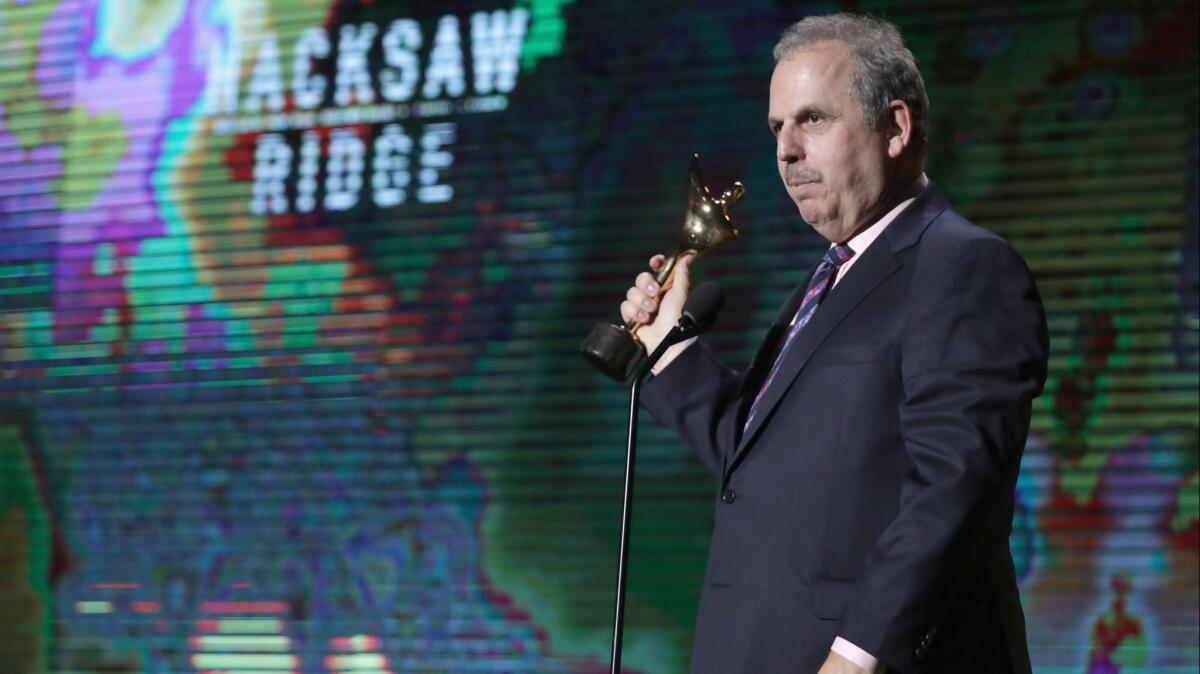
In April, producer and former studio executive Bill Mechanic wrote a blistering letter to academy president John Bailey resigning his seat on the board of governors in part over its handling of the diversity campaign, exposing deeper fissures regarding some of the most sensitive issues that the group faces.
“While allowing the academy to better reflect the world is a great idea, the wholesale numeric approach devalues the artistic criteria which has always made it a unique institution,” Mechanic told The Times on Monday.
Like many others within the organization, Karpman pushes back strongly against that notion.
“I can tell you that, having gone through this experience of vetting candidates, we take every person very seriously,” Karpman said. “We consider this an elite academy of the greatest artists and filmmakers in the world. Because we’re acknowledging that there are more of those people doesn’t mean that those people are less somehow … If you love film and you love cinema, then this process of looking beyond the usual suspects is a joy.”
One potential new member who didn’t make this year’s cut was Los Angeles Lakers legend Kobe Bryant. Bryant won an Oscar earlier this year along with director Glen Keane for the animated short film “Dear Basketball.” But while he was recommended for membership by the short films and feature animation branch, he was ultimately denied an invitation owing to his lack of a larger body of work in the film industry.
Against the backdrop of the #MeToo movement and the academy’s newly enacted standards of ethical conduct for its members, some speculated that Bryant’s 2003 sexual assault charge (which was ultimately dropped and the subject of a civil settlement) may have played some role in his omission. But Karpman believes that was not a factor.
“I don’t know what happened in that executive committee but I would imagine if [Bryant] had done a lot of films, maybe he would have gotten in,” she said, pointing out that other Oscar nominees and winners have at times been denied invitations owing to their otherwise thin film resumes.
Among the Oscar nominees who earned their invite this year are Wallis (2012’s “Beasts of the Southern Wild”) and Abigail Breslin (2006’s “Little Miss Sunshine”), who were both nominated early in their careers. “Dear White People” helmer Justin Simien, however, was invited to the directors branch this year with just one feature under his belt.
For many of those invited to join filmdom’s most prestigious organization this year, the news was received as both a profound honor and a welcome sign of the changing times.
“I was especially excited to see that around 41% of the directors invited this year are female,” said actress Melanie Lynskey. “That is one part of our industry in which men, especially white men, are really overrepresented, as is reflected year after year in the Academy Award nominations and at major festivals like Cannes. I’m hopeful that a more diverse academy will elevate and nominate work that might have previously gone unrecognized.”
Actress Olivia Munn echoed that sentiment. “As a woman and a minority, I think this is a monumental step in changing the parameters of what film or which person is, or isn’t, considered during the nomination process, and I hope we’ll see that change reflected in the next awards season,” she told The Times.
For comedian and actor Kumail Nanjiani and his wife and co-writer Emily V. Gordon, Oscar-nominated for last year’s romantic comedy “The Big Sick,” the joy of becoming academy members boils down to what the organization represents at its heart: a passion for cinema.
“We love movies,” the pair wrote to The Times in an email. “We love watching them, thinking about them, overthinking about them, losing ourselves in them and making them. We’re so excited to have a voice in recognizing the best of moviemaking.”
Times staff writers Tre’vell Anderson, Amy Kaufman, Mark Olsen and Jen Yamato contributed to this report.
ALSO:
What the new, vastly expanded Academy membership could mean for the Oscars »
See the complete list of the Academy’s 928 new invitees »
Twitter: @joshrottenberg
More to Read
Only good movies
Get the Indie Focus newsletter, Mark Olsen's weekly guide to the world of cinema.
You may occasionally receive promotional content from the Los Angeles Times.
